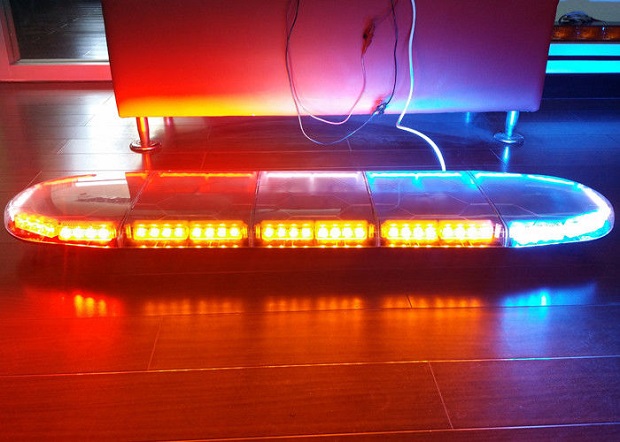The Advantages of Led Emergency Warning Lights
I feel sorry for our prehistoric ancestors who didn’t have any warning signals to indicate incoming danger. It would have been nice to have some way of knowing that there’s a hungry tiger out to attack their cave. Unfortunately, they didn’t have the technology nor the mind to come up with an efficient warning strategy. Perhaps it took us some million years and the invention of the bulb to get there, but we finally did it!
Today, mankind depends on various efficient systems that raise our attention. Together with alarms, LED emergency warning lights are used to signal that there is some sort of hazard people should be careful around or that there’s danger approaching and that everyone should evacuate. Of course, these types of lights find their most important purpose in emergency and police vehicles, however they can also be of great use in industrial settings and construction sites where there are quite a few things that can trigger an accident. In fact, the safety laws and protocols demand that every type of work environment and public building has a warning light system, just to be 100% safe.

You might be wondering why we’re specifically talking about LED emergency warning lights, aren’t there any other options as well? For one, LEDs are almost indestructible while all other light options are too fragile to rely on. The filament in incandescent bulbs can disintegrate over time, and when there is some sort of hazard, it can fail to warn people. And halogen bulbs and CFLs although much more reliable are no better either. Due to their high operating temperatures and sensitivity to contamination they themselves are dangerous in industrial environments. When the chemicals inside these bulbs are released in the event of an accident, you can be literally adding fuel to the fire.
But LED emergency warning lights on the other hand are made out of quality plastic and are therefore much harder to break. Most importantly, they do not use filament and even if they do somehow break, there are no hazardous chemicals that can leak out. LEDs are also unmatched when it comes to energy-efficiency. With an impressive average life span of 50 000 hours and 75% less energy use, using LED warning lights helps preserve valuable resources. Concerning industrial warning beacons, this means that you’d probably never have to replace them throughout the whole period the facility operates.
Depending on their working principle, there are two types of LED warning lights. Rotating lights are used on emergency vehicles and police cars. They emit a focused light beam which rotates in all directions. Industrial facilities, on the other hand, use flashing lights mounted on transport vehicles, lifting equipment, security gates and other machinery. Both of these types of warning lights use different colours to indicate different things. As a general rule, red is reserved for serious emergency situations and that’s why we find it most commonly on first responders’ vehicles. Amber beacons are used for vehicle visibility on construction sites and building warning applications to encourage awareness of potential hazards. Blue lights, on the other hand, are only allowed to be used by law enforcement and sometimes by firefighters.







![AFX Sauber F1 C44 Stake No24 Slot Car [22092]](https://www.availableonline.com.au/wp-content/uploads/2025/06/6ccd9e30-c6fa-4910-9081-5fcc3ba80b04__60843-520x245.jpg)
